Arc flash, also referred to as arc blast, is a serious incident and all steps possible should be taken to reduce the risks. We’ll explain what arc flash is, as well as 5 tips to increase arc flash safety. We want to make it clear that we are not arc flash engineering or WHS consultants, we simply have a sound understanding of the engineering topics and related standards on this issue, and offer in-service periodic inspection services of Arc Flash PPE to ensure it is fit for purpose and keeping your people safe.
What is an arc flash?
Arc flash is a type of electrical explosion which is the result of a serious electrical fault. You may be familiar with both arc flash and arc blast. These are two distinct parts of the same electrical explosion. Arc flash refers to the light and heat resulting from the explosion, while arc blast is the pressure wave which comes after. For the purpose of this article, we’ll be referring to arc flash in the collective – covering both parts.
5 Tips for arc flash safety
1. De-energise equipment when possible
The only sure way to eliminate the risk of arc flash is to de-energise the equipment you’re working on. Even in this situation, all personnel should be appropriately qualified to perform this work and be wearing the correct PPE. Accidents can always happen, and preparation is a proactive way to increase safety. The process of de-energising is live work, and is a high risk task (unless performed by remote switching).
2. Reduce energy currents
If the equipment cannot be de-energised, see if it’s possible to reduce the risks. Any lowering of the fault currents can minimise the force of an arc flash. The fastest possible trip times in the event of a fault is also a very effective way to reduce overall incident energy and risk. You will more than likely need an Arc Flash Engineering consultant or firm to help with this.
3. Inspect and test equipment regularly
Frequent inspections and testing can significantly lower the risk of an arc flash. Having a history of your equipment’s performance helps you identify any abnormalities in readings which are a risk-factor for malfunctions. You can also check for wear and tear (visual, or non-visual) before it becomes a major hazard.
4. Warning labels on equipment and markings on the floor
Alerting employees of any potential dangers through warning labels and floor markings can assist in their risk assessment. It should ensure only qualified personnel attempt to come within the arc flash hazard boundary, work on this equipment, as well as reiterating the importance of PPE. These distances and labels should be done in conjunction with the engineering report and calculations.
5. Implement safety training and risk assessments
Education is proven to reduce many risks in the workplace. Arc flash safety training and company-wide processes can help to minimise the risk of incidents. It’s also worth performing a risk assessment on equipment before beginning any work, giving you the most up-to-date information for this project.
Mobile Test ‘n’ Cal: Your partner in safety and compliance
Mobile Test ‘n’ Cal are an accredited testing, inspection and calibration service in Australia and New Zealand. We offer onsite service to a wide range of essential industries from electrical to mining, transport and more. To book our services, call 1300 662 119 in Australia, 0800 123 682 in New Zealand or use our online form.

